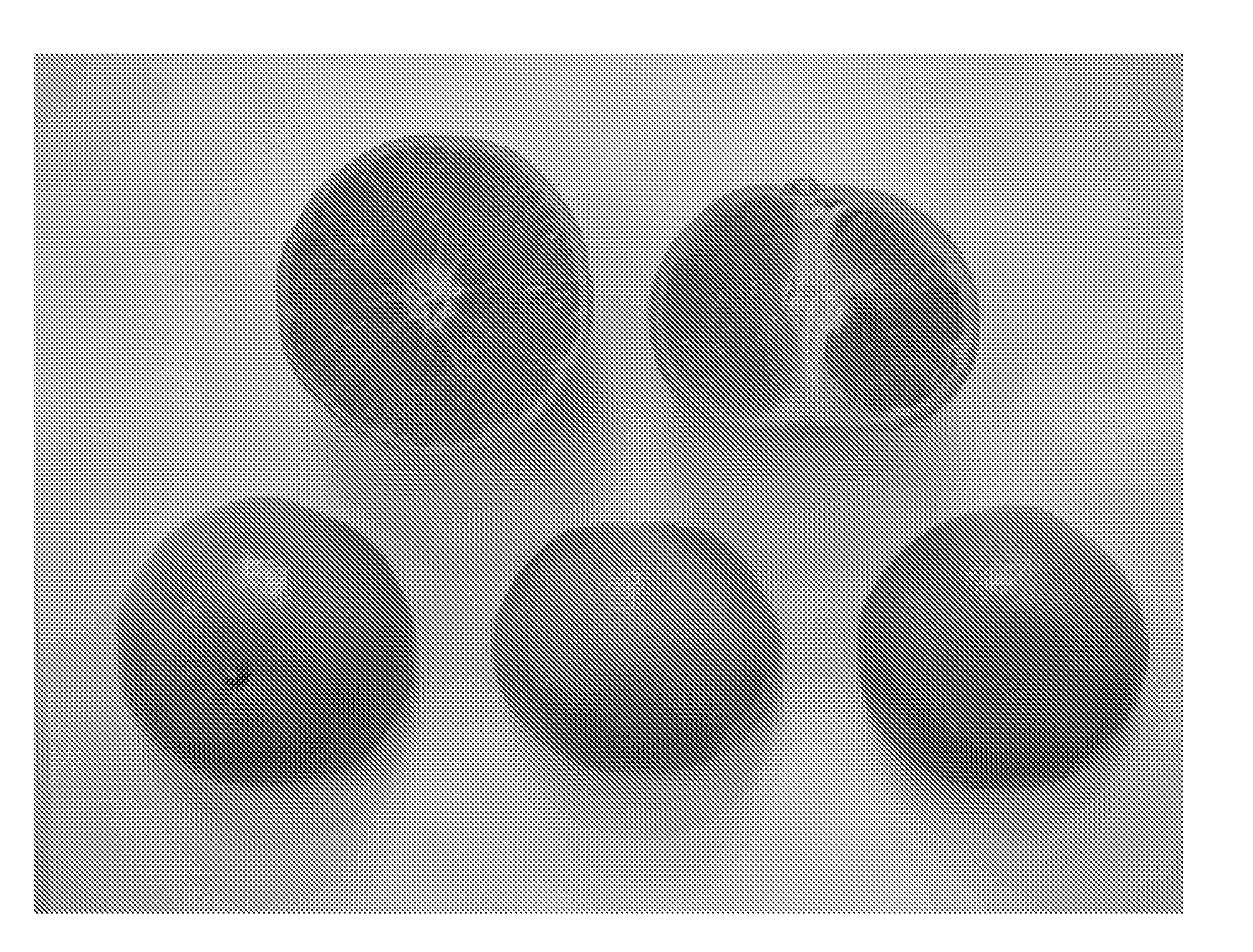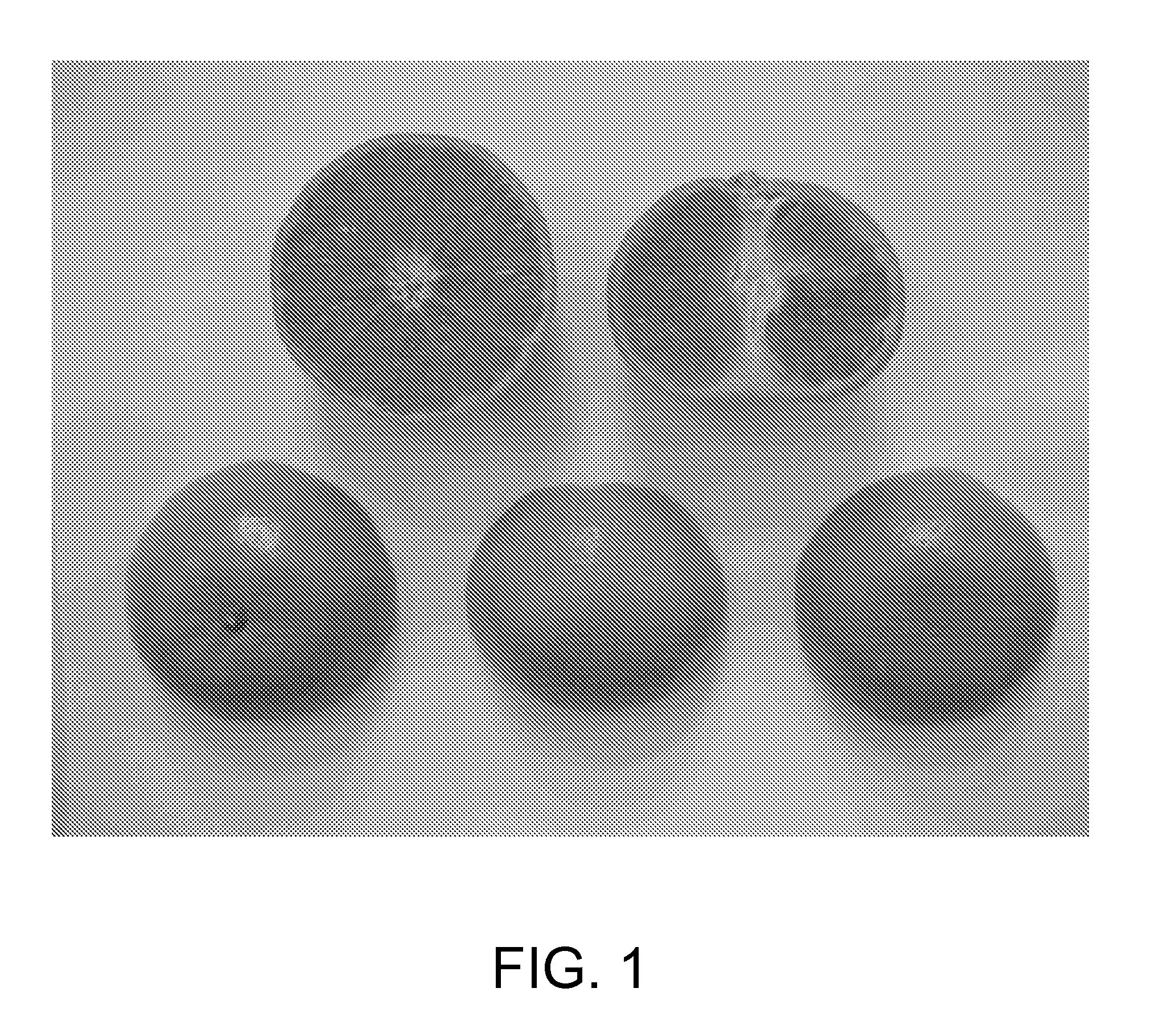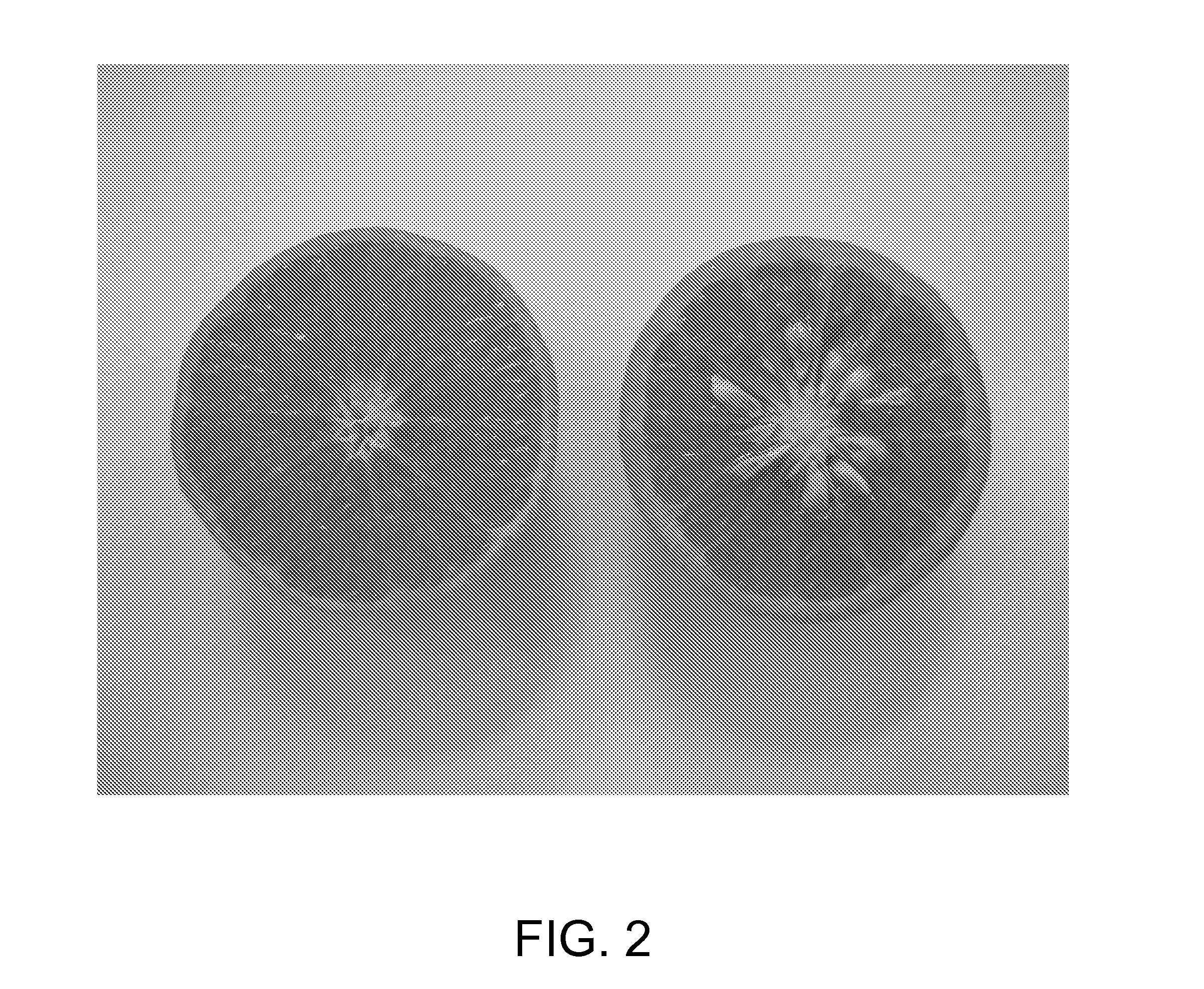Mandarin tree named 'kinnowls'
a mandarin tree and tree branch technology, applied in the field of mandarin trees named kinnowls, can solve the problems of low tree yield, and achieve the effect of low seed content and excellent quality and production
- Summary
- Abstract
- Description
- Claims
- Application Information
AI Technical Summary
Benefits of technology
Problems solved by technology
Method used
Image
Examples
Embodiment Construction
[0014]‘KinnowLS’ is a mandarin selection developed at Riverside and Exeter, Calif. by mutation breeding of the mandarin cultivar ‘Kinnow’, for which harvest is typically begun from mid-January to mid-February, depending on location. Evaluation of ‘KinnowLS’ began on the original tree at Exeter, Calif. in 2001 and has continued annually until the present. ‘KinnowLS’ has been asexually reproduced by grafting (budding), using the standard T-bud method generally used to propagate citrus in California. Asexual propagation of the selected tree was first accomplished in January 2003 at Exeter, Calif. to produce 72 trial trees on Carrizo and C35 rootstocks.
[0015]‘KinnowLS’ distinguishes itself by being low seeded (2-3 seeds / fruit) in all situations of cross-pollination, while ‘Kinnow’ has 15-30 seeds per fruit in cross-pollinated situations. At Riverside, Calif. ‘KinnowLS’ matures in winter (mid-January) and holds its fruit quality characteristics through April. Fruit size is large for mand...
PUM
 Login to View More
Login to View More Abstract
Description
Claims
Application Information
 Login to View More
Login to View More - Generate Ideas
- Intellectual Property
- Life Sciences
- Materials
- Tech Scout
- Unparalleled Data Quality
- Higher Quality Content
- 60% Fewer Hallucinations
Browse by: Latest US Patents, China's latest patents, Technical Efficacy Thesaurus, Application Domain, Technology Topic, Popular Technical Reports.
© 2025 PatSnap. All rights reserved.Legal|Privacy policy|Modern Slavery Act Transparency Statement|Sitemap|About US| Contact US: help@patsnap.com



